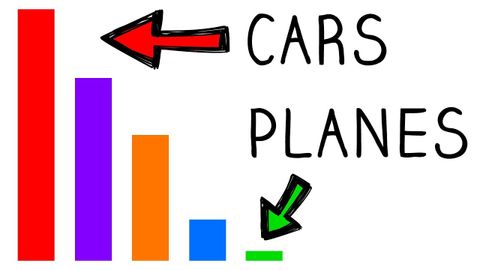
字幕と単語
動画の中の単語
assume
US /əˈsum/
・
UK /ə'sju:m/
- v.t.(人を騙すために)ふりをする : 装う;仮定する : 推測する;(責任 : 任務などを)負う : 引き受ける
A2 初級TOEIC
もっと見る experience
US /ɪkˈspɪriəns/
・
UK /ɪk'spɪərɪəns/
- n. (c.)経験;経験;経験;体験
- n. (c./u.)経験;職務経験
- v.t./i.経験する
A1 初級TOEIC
もっと見る common
US /ˈkɑmən/
・
UK /'kɒmən/
- n. (c./u.)共有地;(地域共同体が所有する)共有地
- adj.公共の;典型的;一般の;広まっている;下品な;普通名詞の
A1 初級
もっと見る エネルギーを使用
すべての単語を解除
発音・解説・フィルター機能を解除
